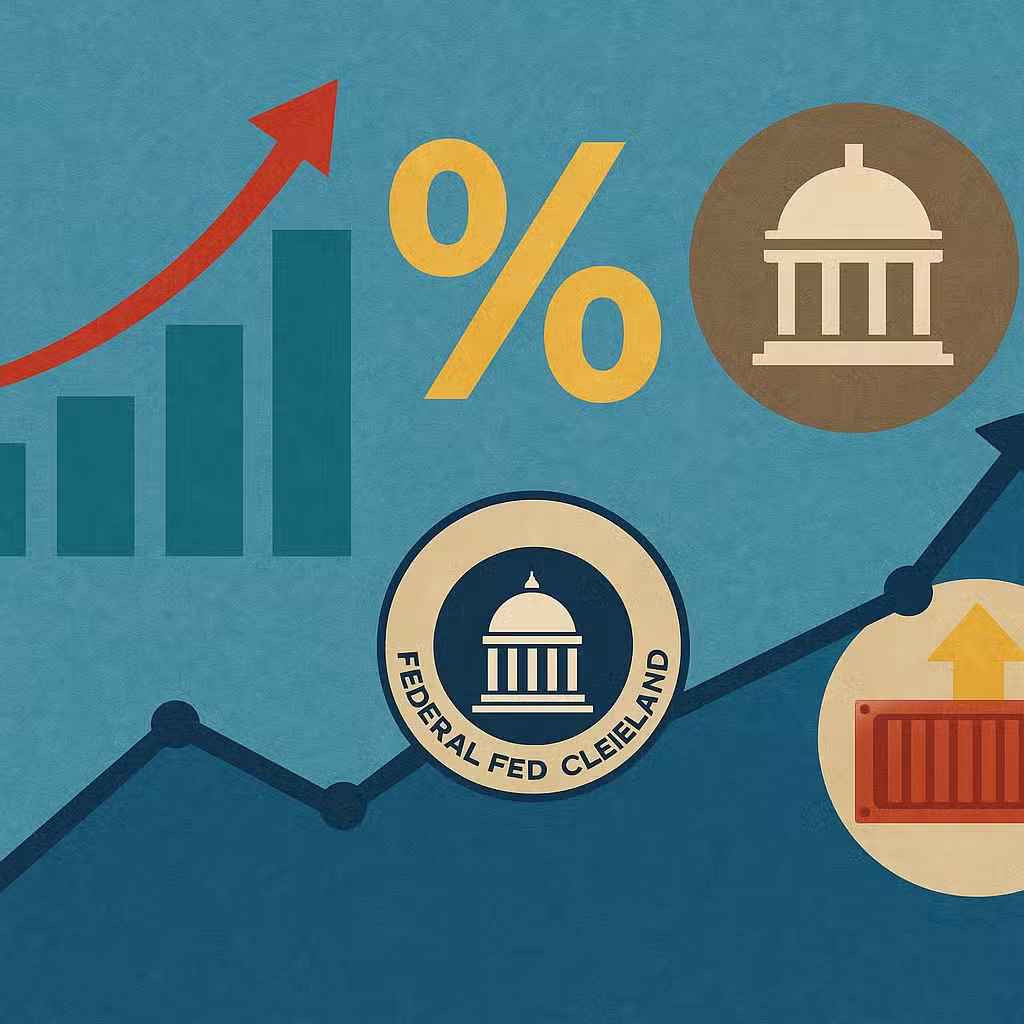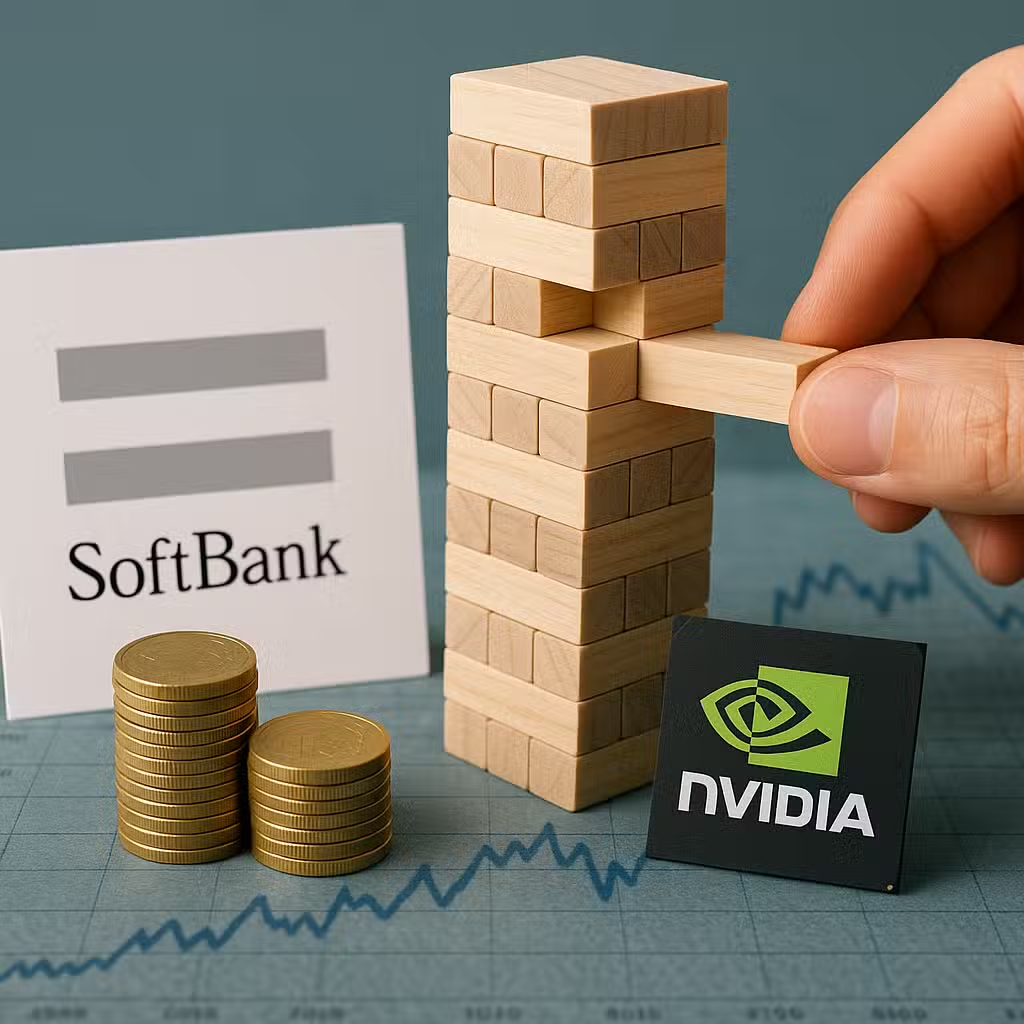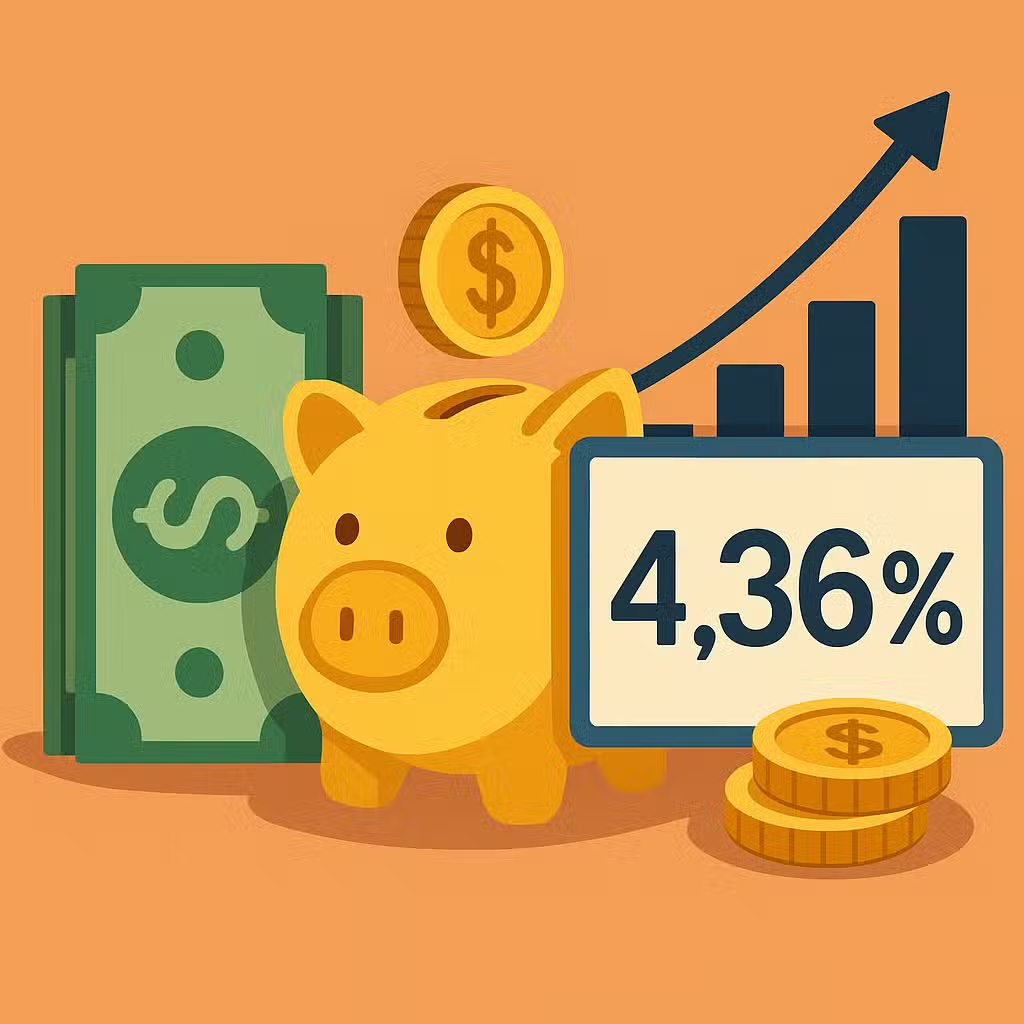Cleveland Fed Insights: What Interest Rates, Inflation, and Tariffs Mean for Investors
Imagine you’re trying to keep a seesaw balanced with one friend who keeps gaining weight and another who’s worried about falling off. That’s what the Federal Reserve is dealing with right now—trying to keep prices (inflation) under control while making sure people don’t lose their jobs.
Why This Matters for Investors
When the Fed changes interest rates, it can shake up the whole stock market, affect bonds, and even change how much it costs to buy a house or get a loan. Investors need to pay attention because these decisions can make certain sectors do better or worse, and can move entire portfolios up or down.
The Bull Case: Reasons to Be Optimistic
- Strong Economy: Recent reports show the U.S. economy is still growing, and the job market is “reasonably healthy.” That’s usually good for stocks and business profits.
- Rate Cuts Coming: The Fed has already cut rates a little and signaled two more cuts could happen this year. Lower rates often help stocks and make borrowing cheaper for companies and families.
- Inflation Slowing Down: According to the Commerce Department, the annual inflation rate is now 2.7%—down from much higher levels last year. (Source)
The Bear Case: Reasons to Be Cautious
- Stubborn Inflation: Cleveland Fed President Beth Hammack says inflation is still too high, especially for services. She doesn’t expect prices to settle down to the Fed’s 2% target until 2027 or 2028.
- Challenging Decisions: The Fed is stuck between two tough choices—if they cut rates too quickly, inflation might get worse. If they don’t cut enough, people could lose jobs.
- Market Jitters: Investors recently dialed back hopes for quick, sharp rate cuts after stronger-than-expected economic data. Sudden changes in expectations can cause market swings.
- Historical Lessons: Back in the 1970s, the Fed cut rates too soon, and inflation came roaring back, hurting stocks and bonds for years. Today’s leaders are trying not to repeat that mistake. (St. Louis Fed)
What’s Next?
The next big clue for investors is the jobs report coming out Friday (unless a government shutdown delays it). This report could show whether the job market is still strong or starting to weaken. The Fed will watch this closely as it decides what to do next.
Fed Chair Jerome Powell warns that there’s no “risk-free path.” If the Fed moves too fast or too slow, it could hurt either inflation or jobs. That’s why investors are watching every word from the Fed right now.
Investor Takeaway
- Stay Diversified: With risks on both sides, keep your portfolio spread out across different sectors and asset types.
- Watch Fed Signals: Pay attention to what the Fed says about rates and inflation—small changes can move markets fast.
- Be Ready for Volatility: Market swings are likely as investors react to new data and Fed decisions.
- Consider Inflation Hedges: Assets like Treasury Inflation-Protected Securities (TIPS) or certain commodities can help if inflation sticks around.
- Review Your Plan: Make sure your investing goals and risk level still match the current market environment.
For the full original report, see CNBC







